Submitted by Berrin Chatzi Chousein
SPARK Architects revives Singapore’s East Coast Park with ’Beach Huts’ produced from recycle waste
Singapore Architecture News - Feb 25, 2016 - 12:39 16338 views

all images © SPARK
SPARK Architects proposes a special prototype reviving Singapore's East Coast Park to draw attention to the world's oceans caused by the similar problems. Titled as 'Beach Hut', the project is inspired by the work of Parley for the oceans and their collaborative work with Adidas, G Star Raw and Pharrell Williams using recycled ocean waste to create innovative products. SPARK’s Beach Hut is fabricated from discarded plastic collected from the beaches and seas of the Asia.
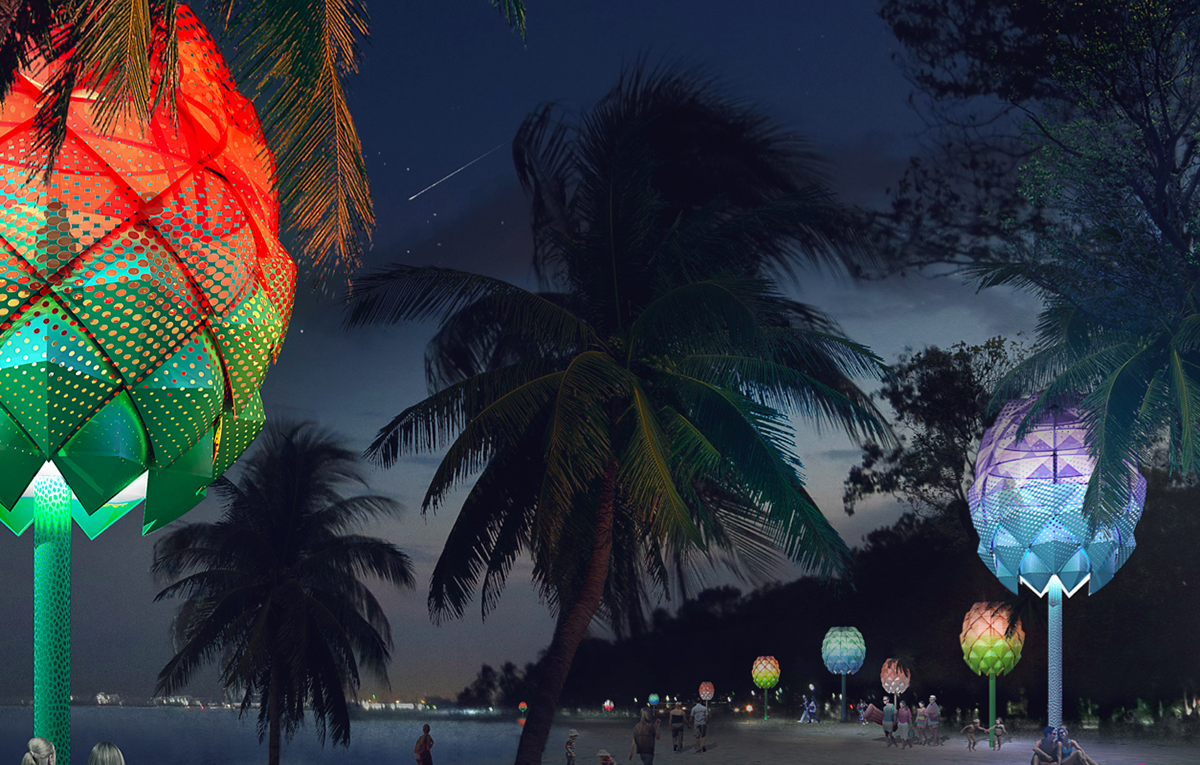
Beach Huts are colourful, vivid and new architectural object/space lighten throughout the beach.
Inspired by the colourful Victorian beach houses from the North Coast of Norfolk, UK to Muizenberg, South Africa SPARK’s proposed prototype beach hut for Singapore’s East Coast Park is intended to animate the shoreline and provide rentable occasional accommodation for the many “beach campers” who frequent the park on the weekend.

Beach Huts are lined up as iconic elements.
At the same time it acts as an important vehicle for educating the public about the state of the world’s oceans and the problems caused by the contribute to the slow death of the oceans and the extensive life cycles it supports.
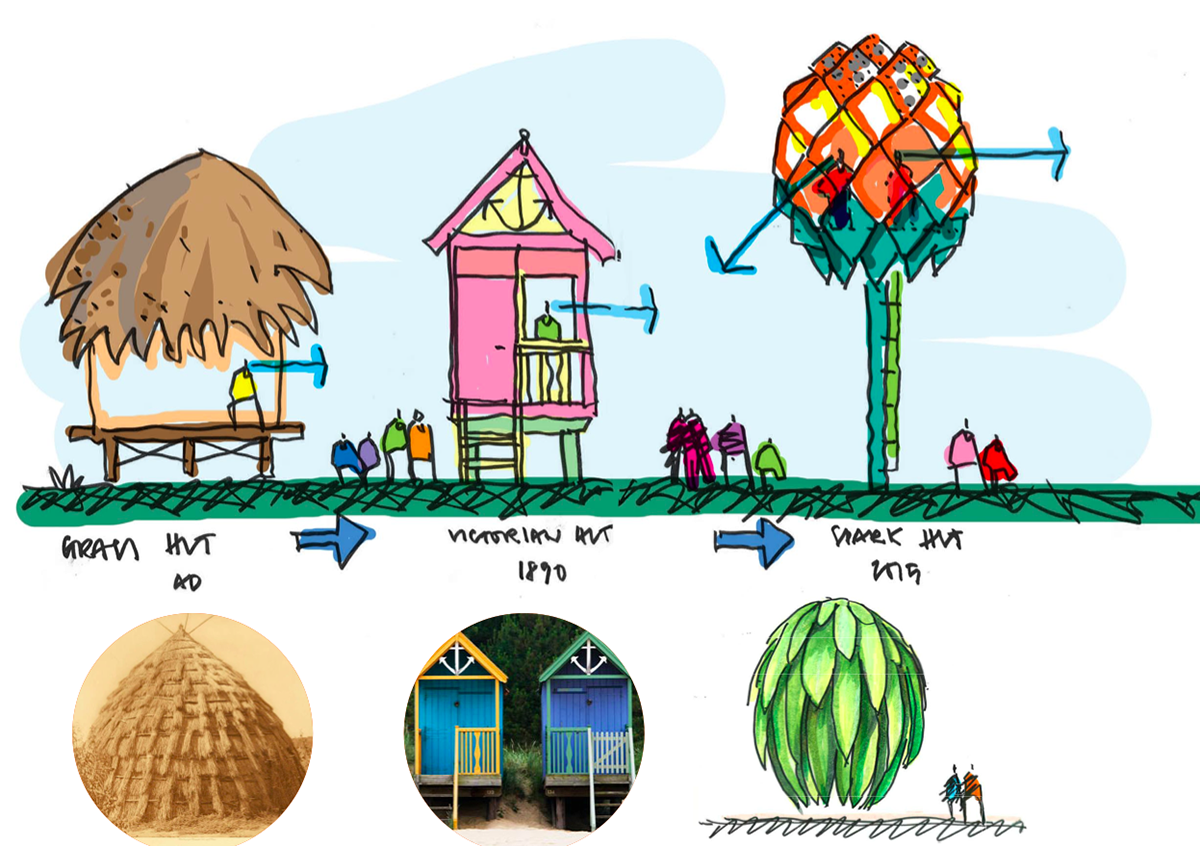
SPARK underlines that ''HDPE is non-biodegradable and can take centuries to decompose, so it is imperative that the HDPE ocean waste is collected and recycled and used again wherever possible to abate the escalating damage we are doing to our planet''
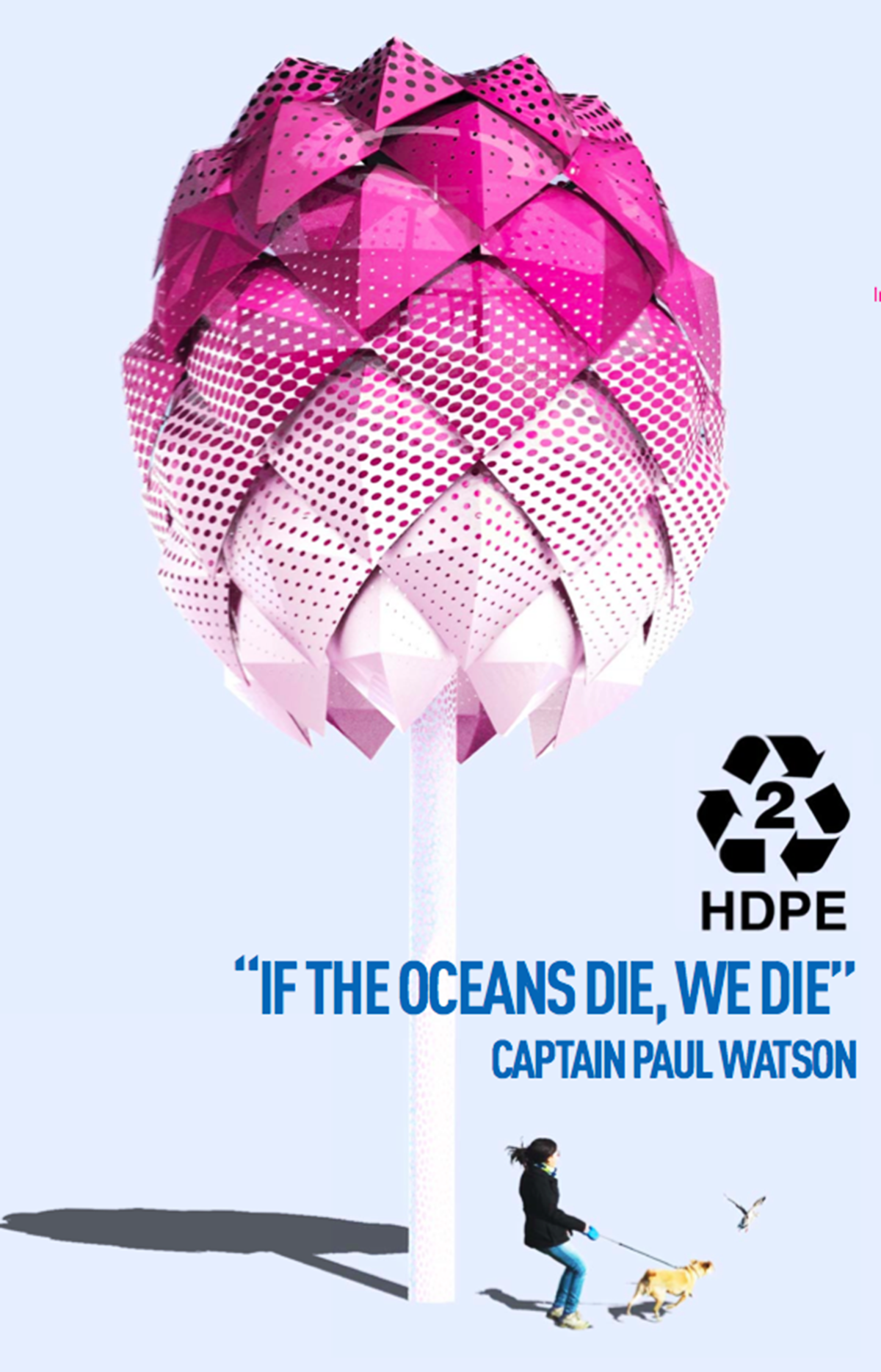
''Our society and its current values of consumption necessitate a system in which production and imaginative recycling are in balance with long-term ecological well-being applications'' says the designers of SPARK.
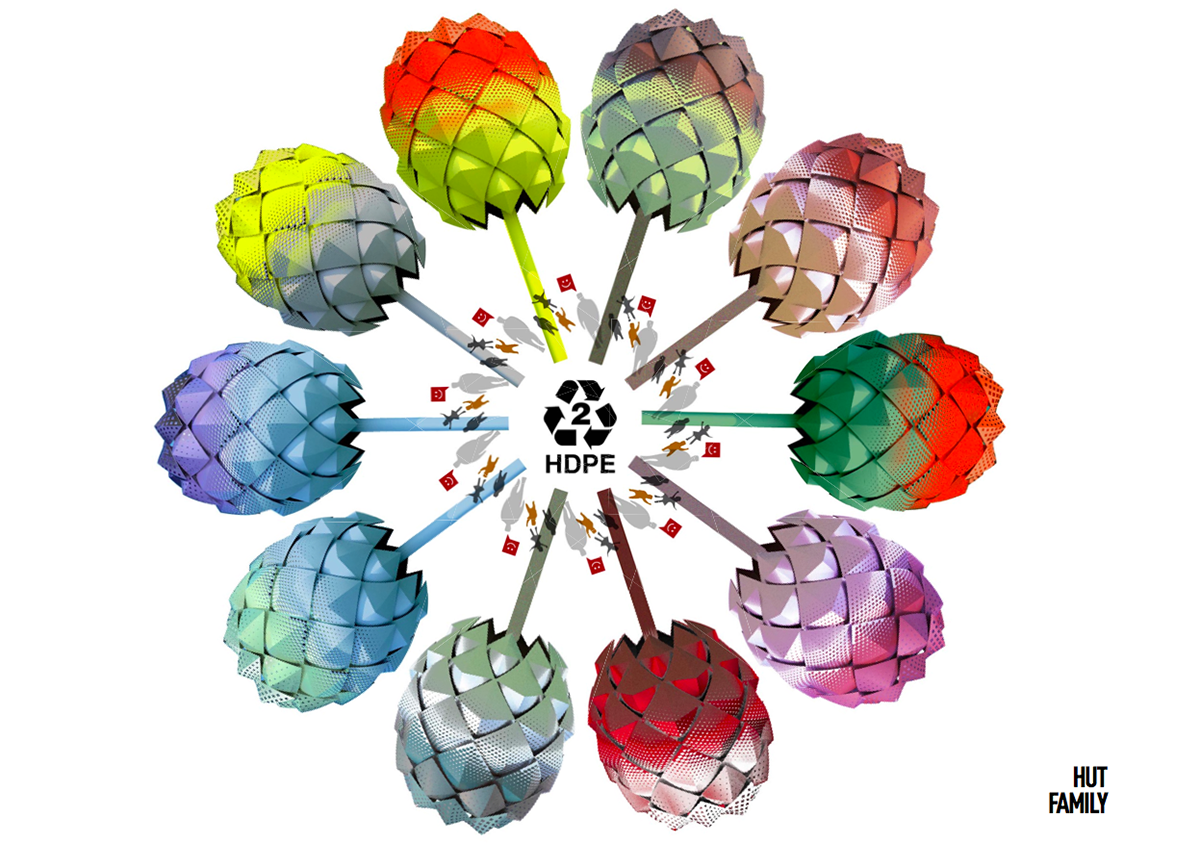
The recovered HDPE waste material is colour coded and shredded, it is then reformed by reheating the plastic granules into a mould shaped in the form of a 3 dimensional stiff scales that are used to clad the SPARK beach hut much in the same way as traditional roof tiles or timber shingles work. A few different types of “scales” of varying degrees of solidity and transparency facilitate privacy and views across East.

The huts are naturally ventilated and self sustainable, they shelter the users in the traditional sense of the beach hut from wind and rain whilst providing a level of basic amenity, enjoyment and fun.

Colour variations possible using recycled HDPE will produce a family of beach huts that are engaging and elegant contributors to the Singapore shoreline whilst telling the story of an imaginative reuse of a plastic material that is part of our everyday lives but which given its disposable nature is contributing to the destruction of ocean life and our environment.
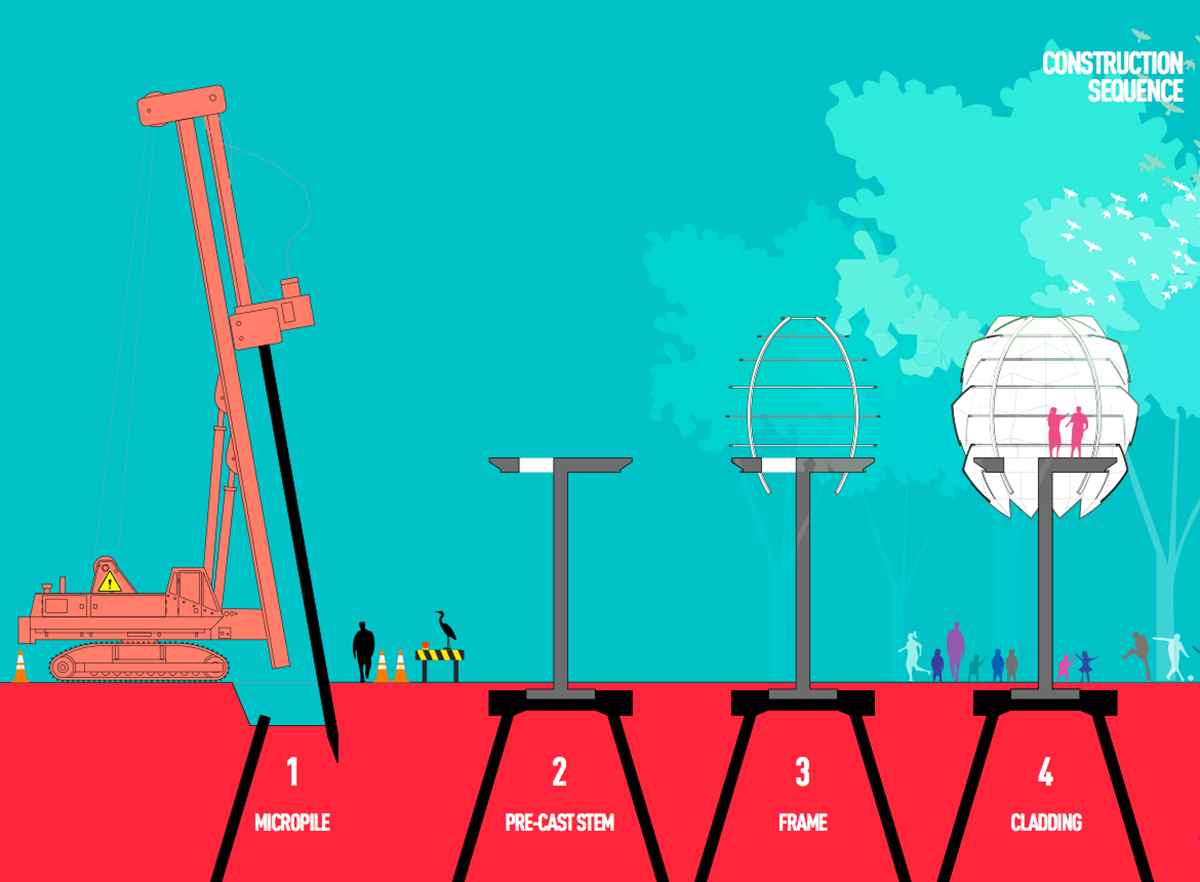
Singapore is an island therefore a maritime nation reliant on the trade that has driven its economy since its early settlers. SPARK’s beach hut is a clear statement that Singapore cares about its maritime environment and its heritage and is prepared to seek and invest in innovative ways to protect the ocean’s ecosystem for future generations and the long-term sustainability of the planet.
> via SPARK Architects